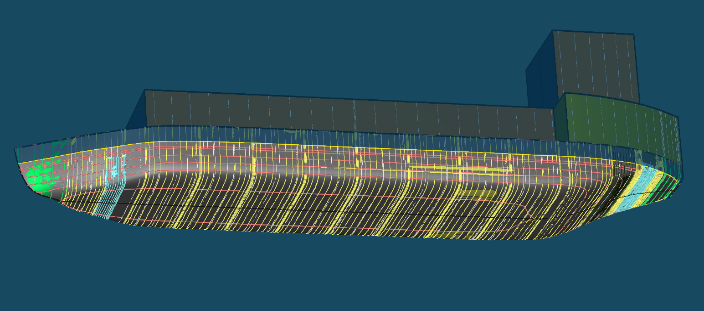Structural Analysis of Ship Hulls Using Finite Element Methods
DOI:
https://doi.org/10.70844/ijas.2024.1.4Keywords:
Ship hull, Finite element methods, ANSYS, RHINOCEROS, MAXSURF, CSM structural analysis, Grounding, General cargo ship, Stress concentration, DeformationAbstract
Ship hull is a complex design where various types of complex loading conditions, like as Hydrostatic, Hydrodynamic, Wind, Wave and external internal bending forces. Ensuring structural integrity under these varying loads is essential for the ship structural safety and environmental protection. This review discusses the application of Finite Element Methods (FEM) for the safety of ship hulls and analysis of ship hulls, emphasizing two significant studies that leverage ANSYS SOFTWARE to evaluate stress concentrations and deformation of hull under the various loading operation including the wave and wind forces and the stress. The findings Underscore the importance of analyzing both local and global aspects of ship structures to improve design practices and enhance safety standards. In this paper we mostly focused on a general cargo ships hull structure, Grounding of a ship.
